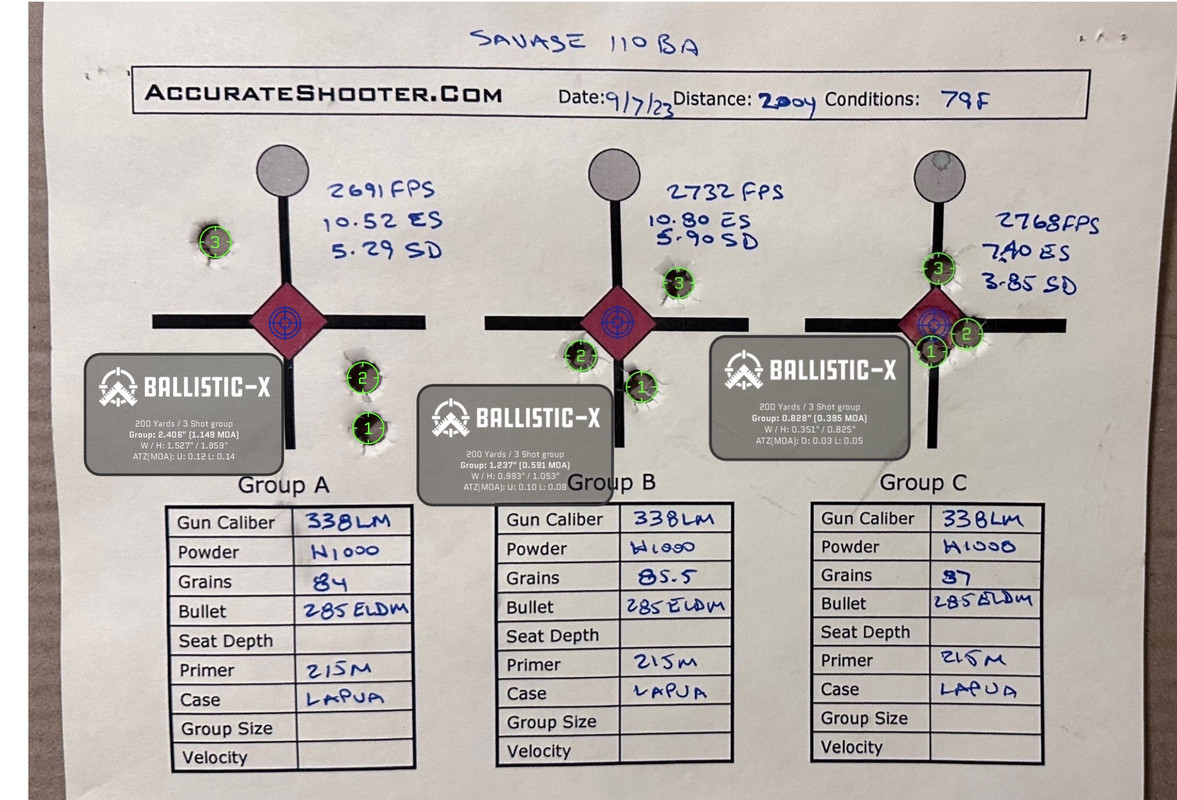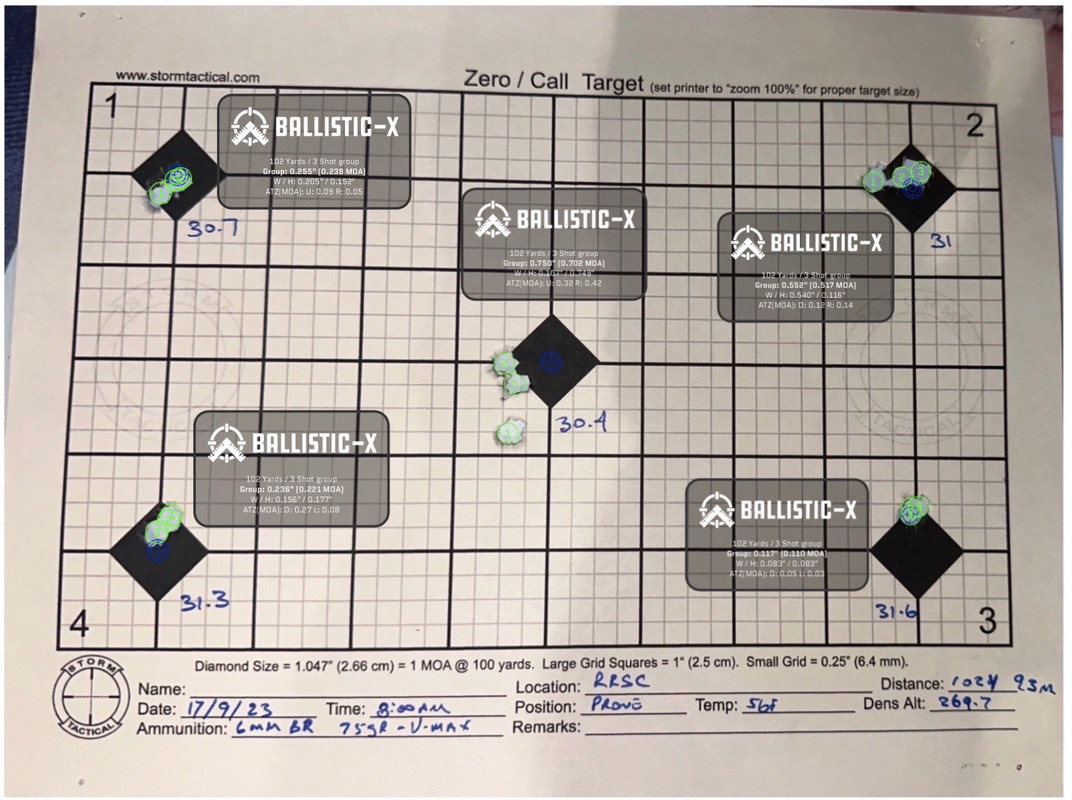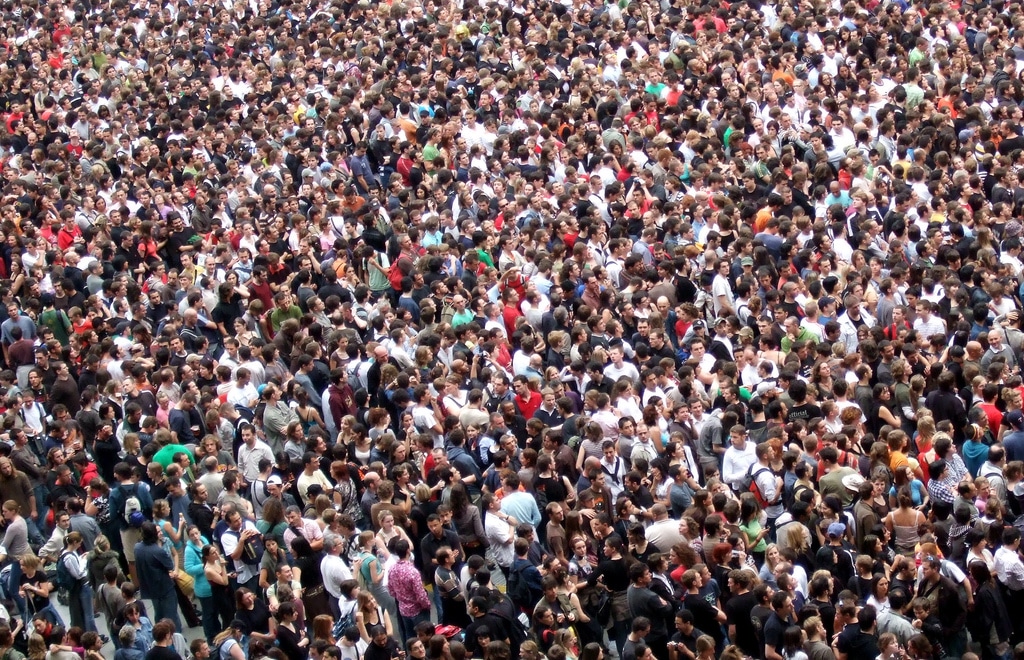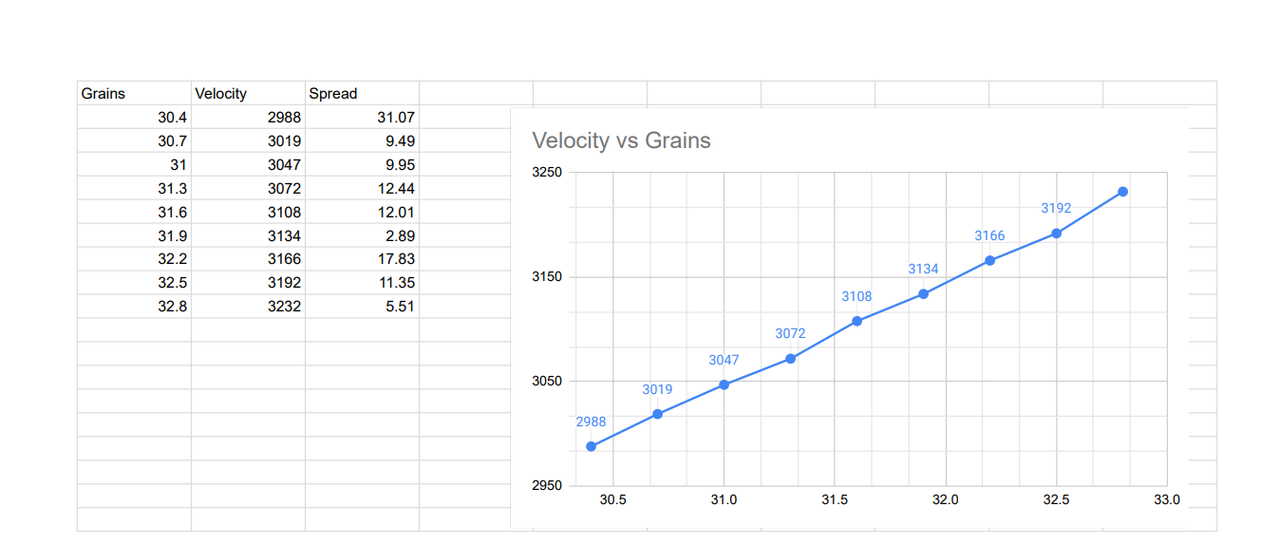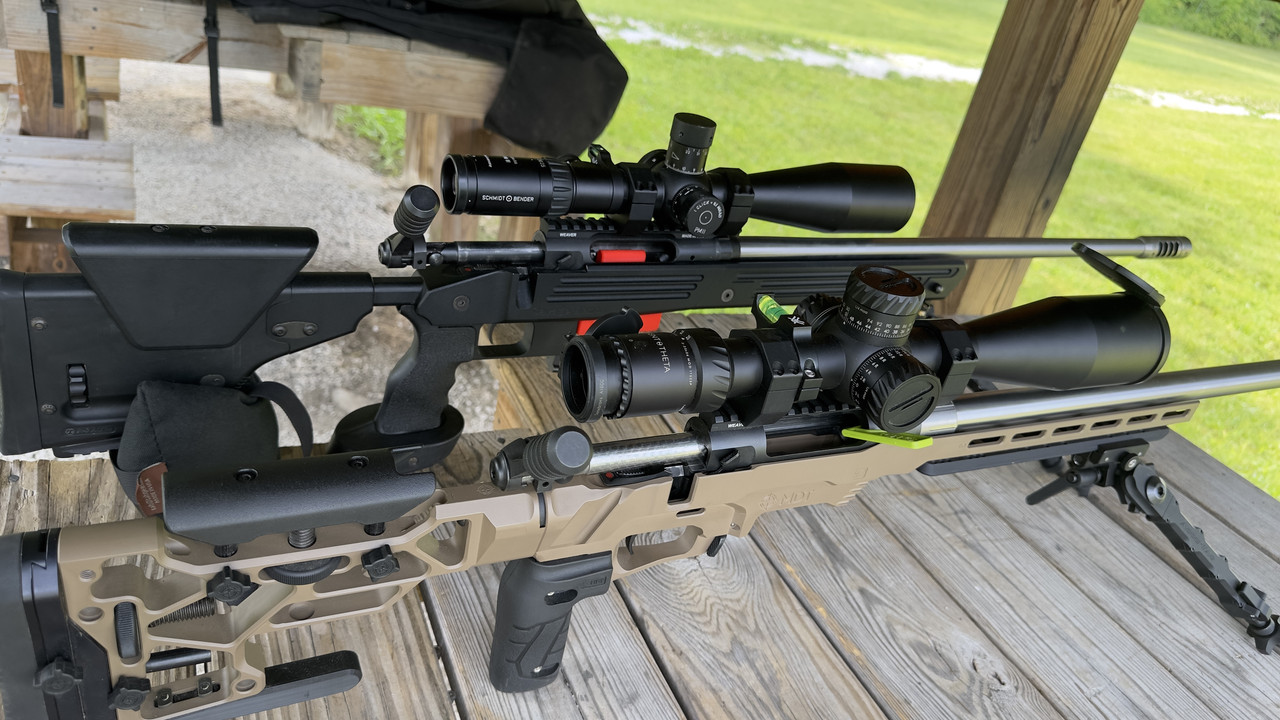I'll try and hit multiple questions with one post:
What does that leave to explain bullets that perform materially better at multiple discrete seating depths, but poorly in between?
Any links to this available?
I'd haven't seen anything but anecdotes suggesting that the behavior you describe exists, certainly nothing with statistically significant samples sizes or repeated testing. Even if it is a provable, repeatable phenomenon, the internal ballistic process is extremely complex. It could be related to degree of primer-induced debulleting, minimizing tilt in engraving, changing initial engraving force, etc. keeping in mind that each of those things are also dependent on each other. These it no reason to leap to the conclusion that the only thing affected by seating depth is barrel time. The Long paper and the updates to his theory you mention remind me of a Sherlock Holmes/Arthur Conan Doyle quote that Litz posted a while back: "It is a capital mistake to theorize before one has data. Insensibly one begins to twist facts to suit theories instead of theories to suit facts."
I don't have a direct link, but it was one of the more recent Hornady podcasts he was on, likely the barrel one. Might be on his website too, Bulletology.com
Long has evolved his theory (but has not updated his paper)... as I understand it, he still focuses on the Poisson effect, but has moved away from frictional load & now focuses on combustion gasses at the time the bullet exits the barrel (
10:21-15:30 from the Podcast). Specifically, bore diameter changes/inconsistencies near the muzzle around the time of the bullet's exit allows the combustion gasses to destabilize the projectile.
If Long's theory is correct (& my understanding thereof), the goal is to find a load that appropriately times the bore diameter for consistency, thereby allowing for the bullet to exit when any impulses that induce/cause bore diameter variances have traveled back towards the chamber. Correct me if I've misunderstood something...
@Macht did you complete/publish your paper(s)?
As I mentioned in my first post, for a theory that hinges on predicting exactly when a stress wave arrives at the muzzle you would think you would want to model the behavior accurately. Hint: it's not by using the textbook number for speed of sound in steel. It would also be unlikely that one load would work well in so many different lengths of barrel, or that people with good reloading components, tools, and techniques can pick nearly any load and length that produces a safe pressure and get good results.
I did, along with my dissertation. I'll PM you links. You'll not likely find anything that directly deals with this question here, but you might find them interesting. If I could go back, I likely would have approached the problem differently.
It also seems like the OBT concept has been thoroughly validated: i.e. There is an optimum time for the bullet to exit the barrel. Bullet group dispersion on targets that change with velocity demonstrate this clearly. Why this happens is the question.
Your last statement contradicts the first; it can't be validated if we don't know the why. There is absolutely an optimum time for the bullet to exit the barrel: exactly the same amount of time as every other bullet you plan to shoot. Your statement above is a non-sequitur. Changes in group dispersion (if real, see comment above about statistically significant sample sizes) with change in velocity only tells you that adding or subtracting powder is affecting dispersion, it gives you nothing about the why. It could be/is affecting ignition, burn, in-bore tilt, de-bulleting behavior, muzzle blast, recoil, etc. Aero jump and lateral throwoff both increase with velocity. With so many factors at play, it seems foolish to somehow jump to the conclusion that the timing of projectile exit is the key.
Also, group dispersion that changes with coal.
See my responses above, apparent changes in dispersion with seating depth are often related to small sample size testing. In cases where it is not, there are any number of small factors that it affects that could be equally responsible for changes seen on target.




